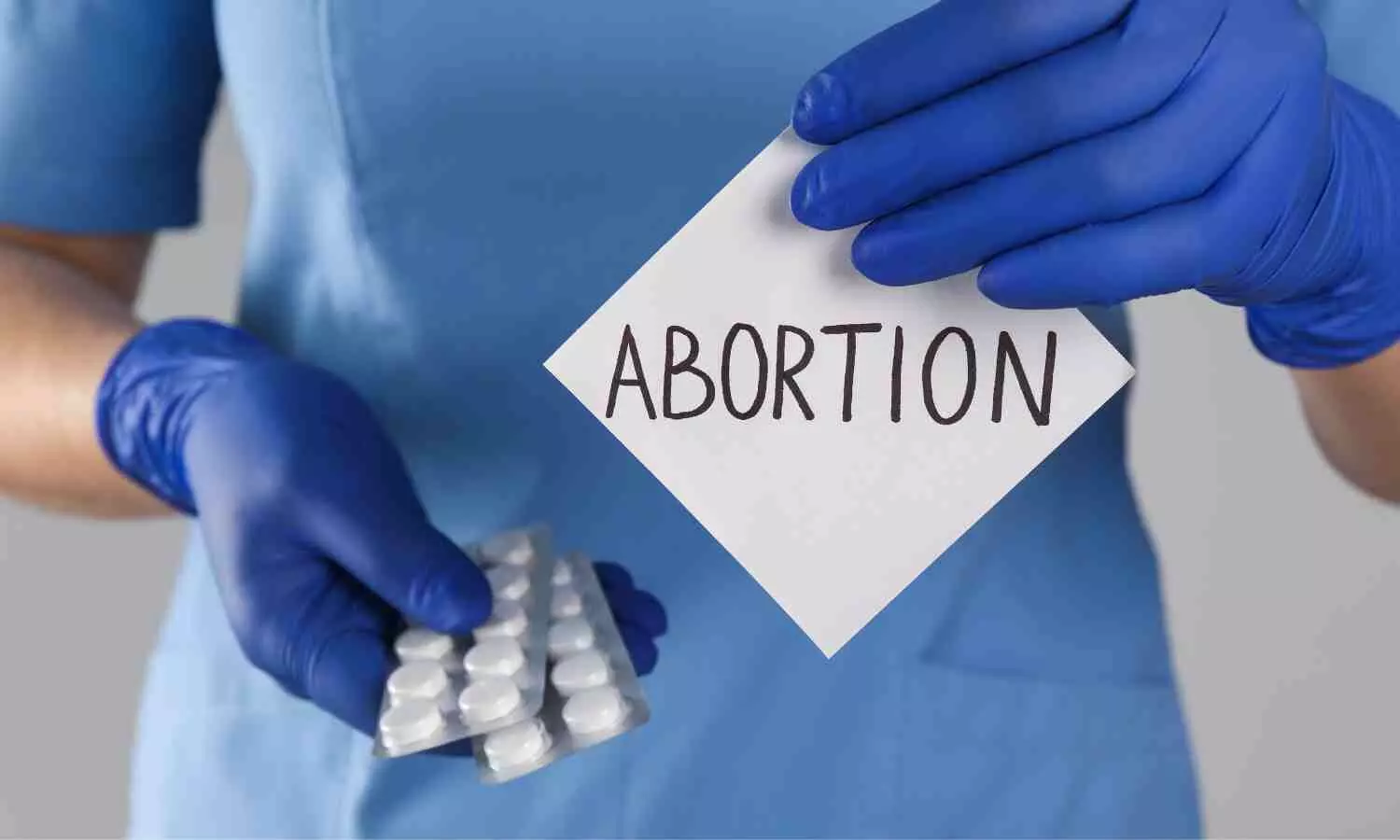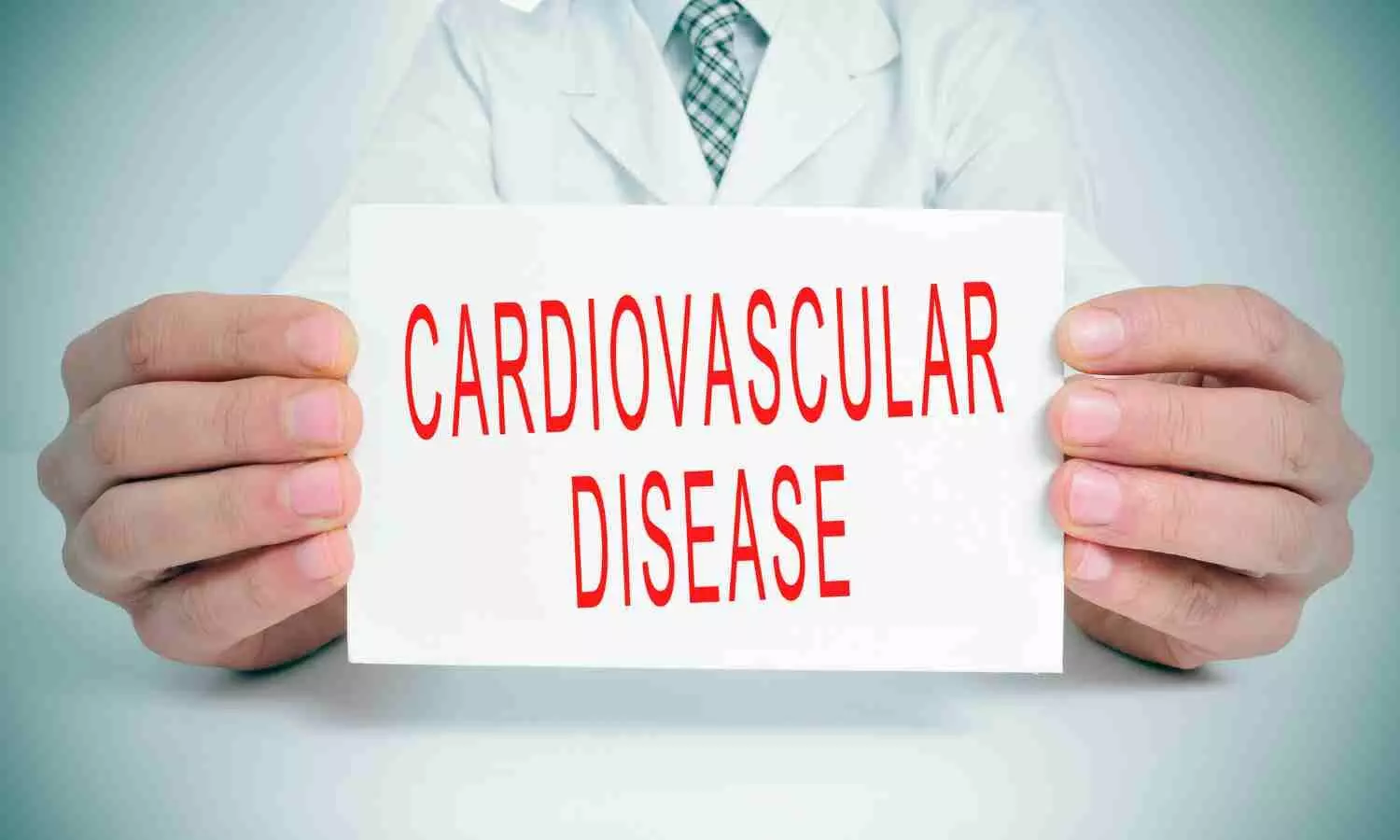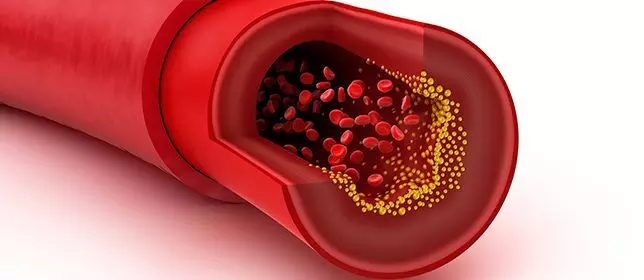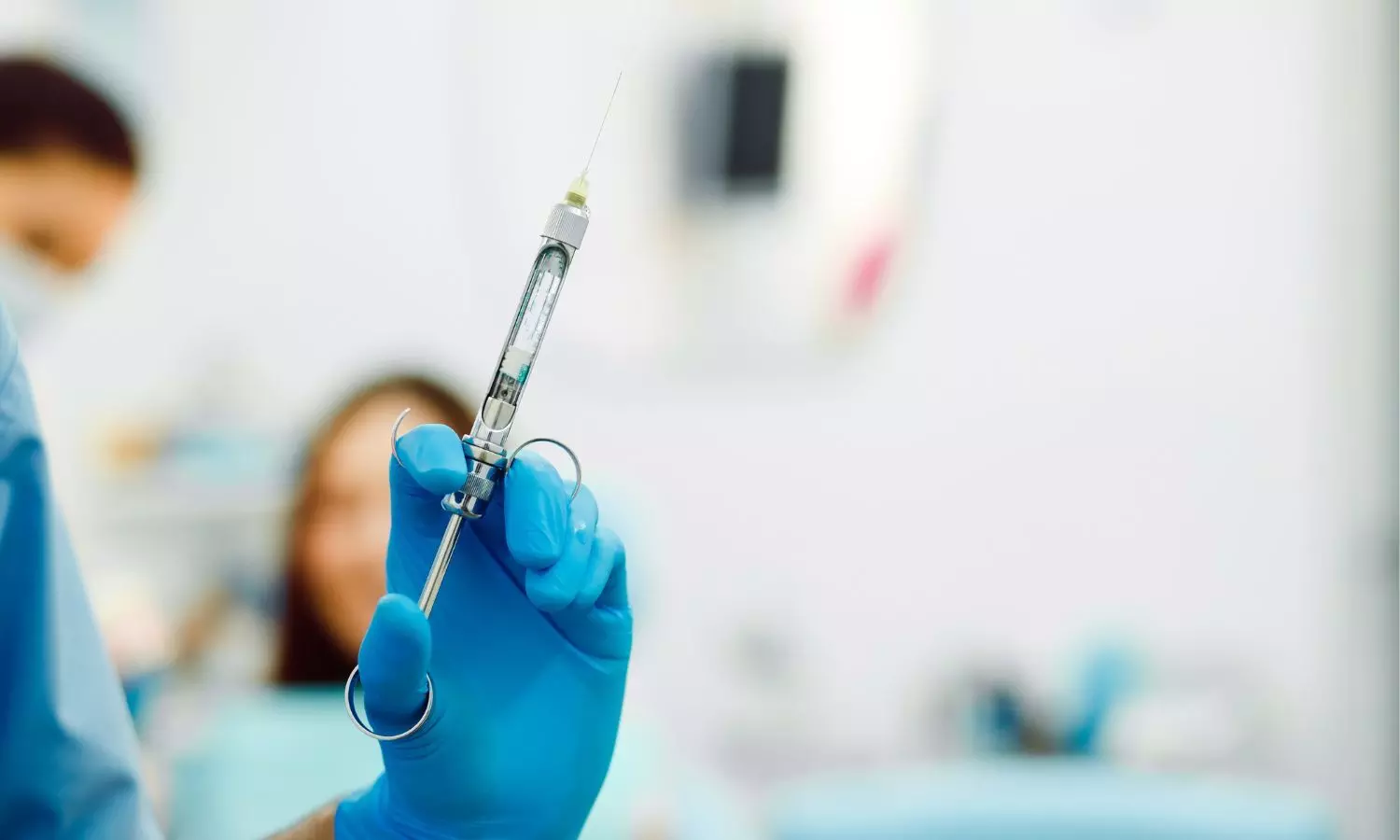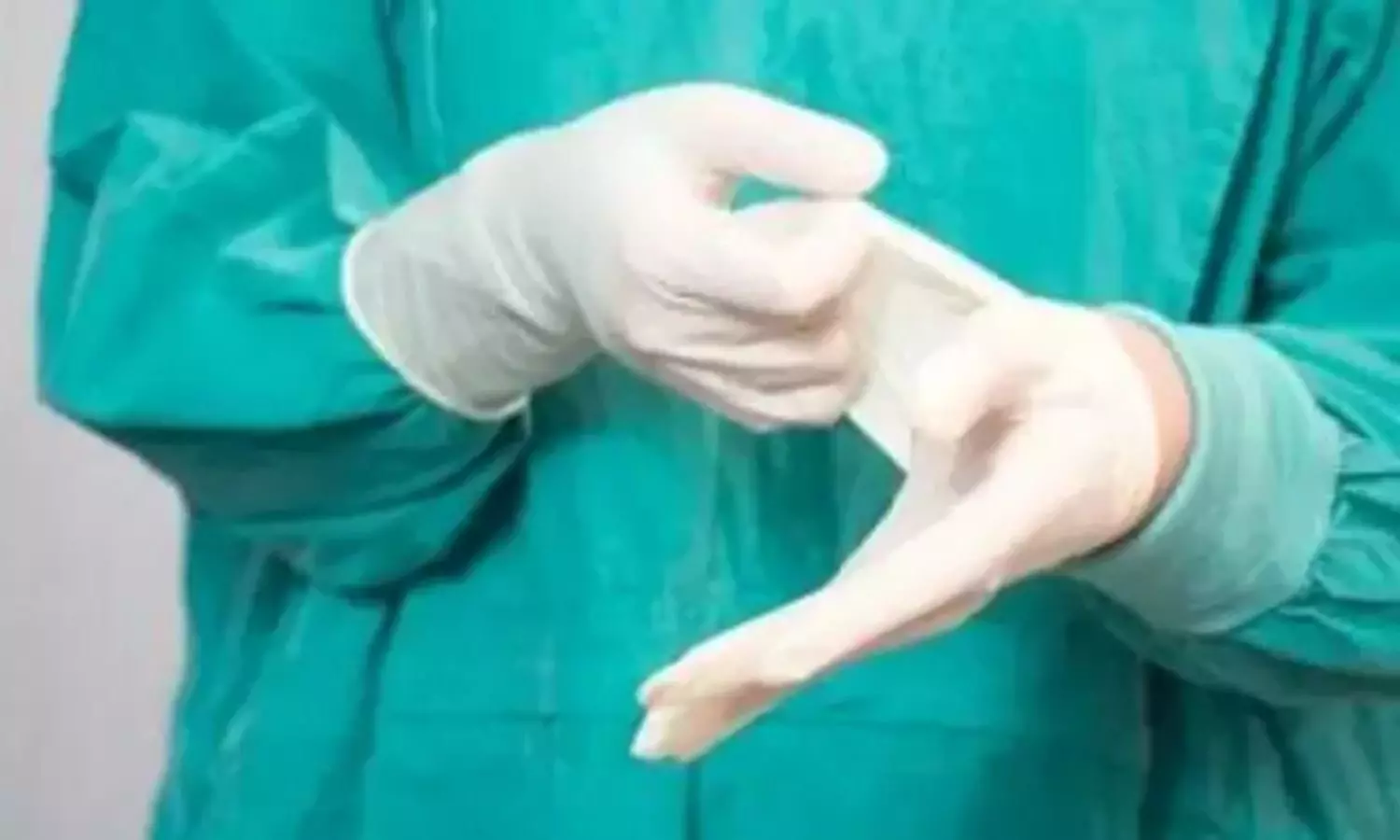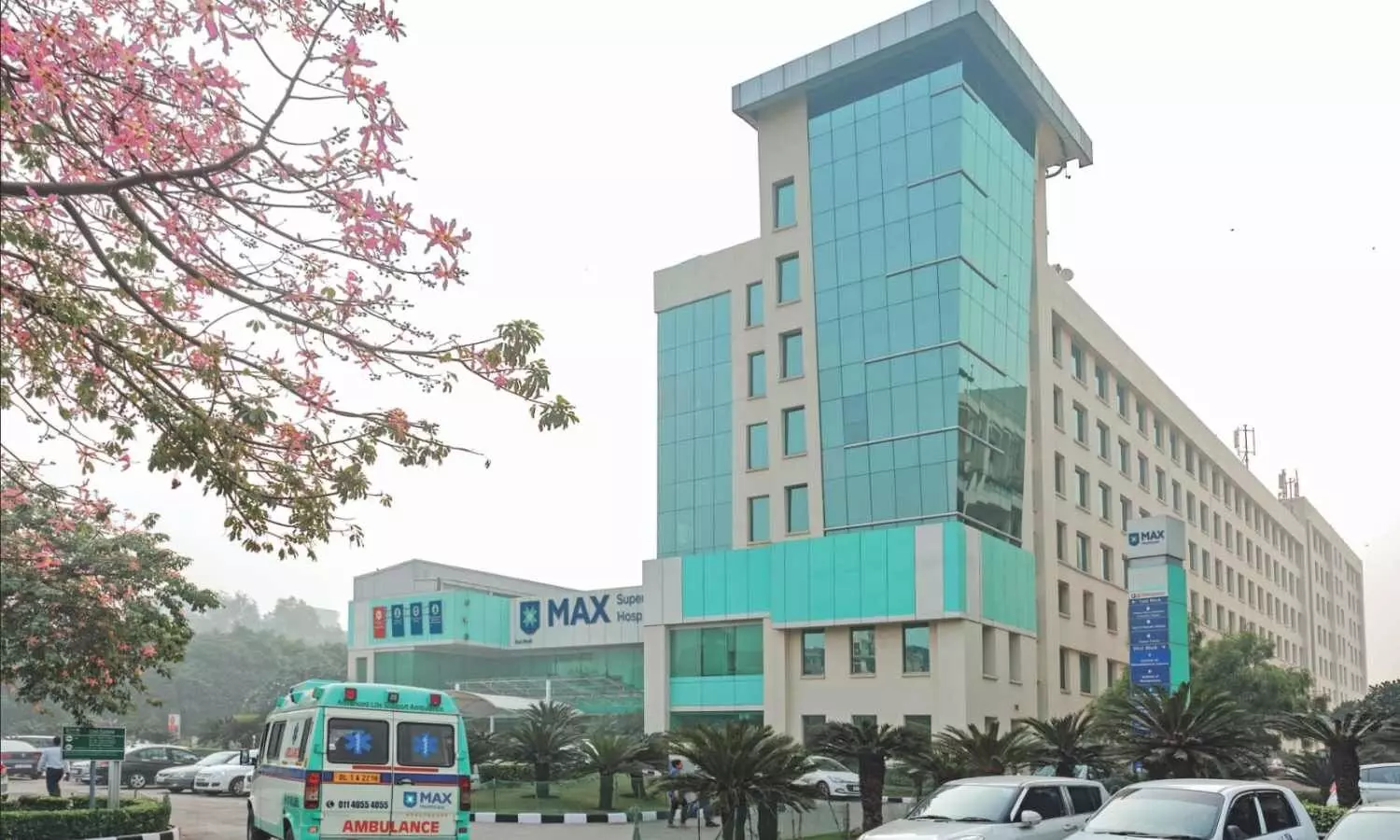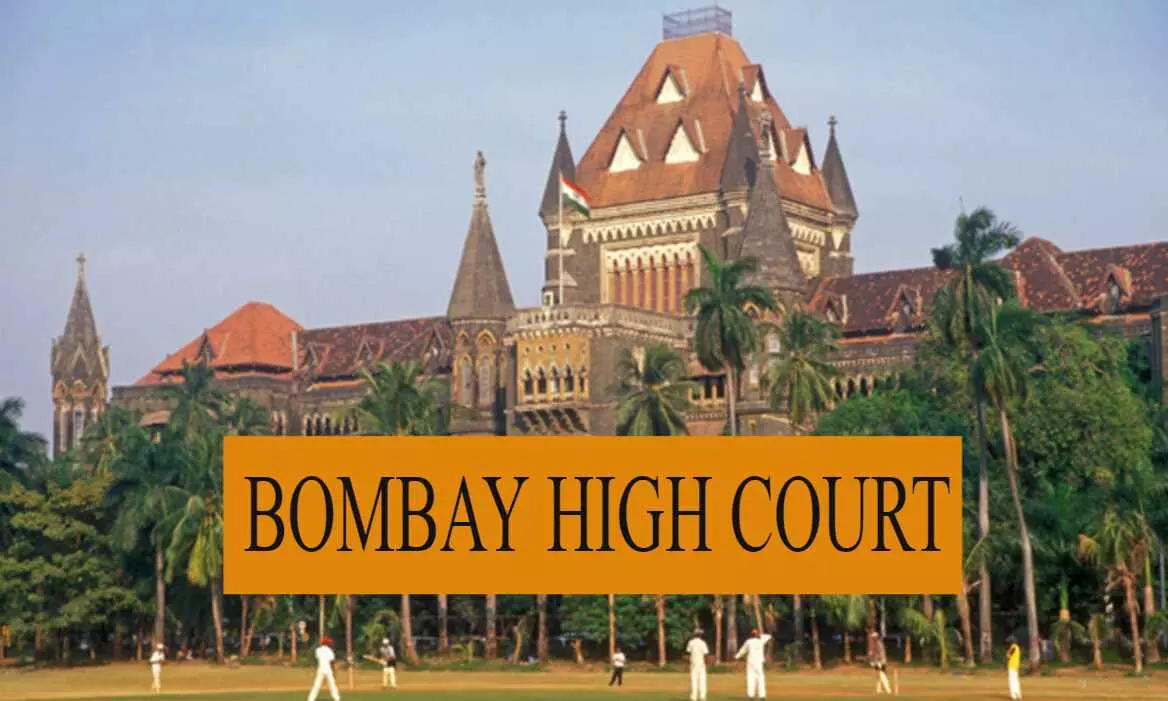The commission, led by Justice Sangita Dhingra Sehgal delivered the decision on 12th January 2024 noting that the complainant failed to establish negligence or deficiency in service on the part of Max Super Speciality Hospital and no lackadaisical approach of the treating doctors were found.
The case, initiated on October 3, 2017, concerned Colonel Gulati who alleged deficiency in service and medical negligence by Max Super Speciality Hospital and its doctor. Gulati, a retired officer from the Indian Army, visited Max Super Specialty Hospital, Shalimar Bagh, complaining of disorientation and loss of control in his left hand. The hospital conducted a CT scan, revealing bleeding inside the brain and changes in brain tissue density. Further investigations, including MRI and Venography, were recommended.
He underwent a CT scan that revealed a critical condition requiring immediate attention and admission for treatment/surgery. However, despite repeated requests from the patient’s family, the hospital staff allegedly took no action, leading to a seizure in the reception area. The complainant became unconscious in a wheelchair outside the Emergency Room. After a four-hour delay, the hospital eventually admitted him, resulting in paralysis on the left side of his body and ongoing seizures.
Aggrieved, the patient filed a complaint with the consumer court alleging negligence, deficient services, and financial losses, and sought relief from the commission, including a lump sum of Rs 75,00,000 for income loss, Rs 10,00,000 for mental harassment, and legal costs of Rs 1,00,000, among other demands.
The Opposite Parties (Max Super Speciality Hospital (OP1), the doctor- a Senior Consultant Physician & Cardio-Diabetologist (OP2), the Medical Superintendent (OP3) and OPD Coordinator (OP4) of Max Hospital), in their joint written statement, refuted all allegations in the Complaint. They argued that the Complainant was attempting to shift blame, asserting that he arrived late, around 11:00 am, in the OPD, and underwent consultation with the doctor. The NCCT Scan revealed minimal traces of Subarachnoid Hemorrhage (SAH), leading to the recommendation for admission under the neurology team at the hospital.
The Opposite Parties claimed that proper medical measures were taken per protocol, and there was no negligence by the operating doctors. They allege that the Complainant concealed his medical history, including Paraesthesia in both Upper Limbs, and was already undergoing treatment for it. They argue that the SAH trace was minimal, confirmed by tests on 01.10.2017, and call for the complaint’s dismissal due to the suppression of material facts.
The Complainant filed a rejoinder to counter the Opposite Parties’ written statement. Both parties submitted evidence through affidavits and presented their written arguments.
The Commission perused the material available on record and heard the counsel for the contesting parties. It referred to Seema Garg & Anr. vs. Superintendent, Ram Manohar Lohia Hospital & Anr to discuss the extent of Medical Negligence in the instant case.
Deliberating the case, the Commission found that the complainant did not challenge the competency of the operating doctor, indicating no lack of competence on the part of the medical staff. Medical records demonstrated that the hospital promptly advised admission upon detecting abnormalities in the CT scan. It noted;
“On perusal of the abovementioned OPD sheet, we find that upon examination, the Opposite Party no. 2 advised the Complainant (patient) to go through a CT scan of the brain along with other tests such as CBC, KFT, PLS, LFT and STSH in order to determine the treatment to be followed in case of any emergency. Furthermore, we discover that after reviewing the CT scan report, which revealed a minimal trace of SAH, the Opposite Party no. 2 immediately advised the Complainant to be admitted under the supervision of a Neurosurgeon at Opposite Party no. 1 hospital, Dr. Kumar and the Complainant was admitted at around 3:30 p.m. on 01.10.2015, where further treatment was advised to the Complainant.”
“Even though the Complainant has not spared a word against the operating doctor in his complaint and has challenged the delay in admitting him to the hospital, but has failed to bring on record any substantial evidence, oral or documentary, in support of his contentions. It is further noted that the Complainant failed to establish that there was any breach of duty or omission to do something which a reasonable man would do or would abstain from doing or that the treatment which was given to the Complainant was not acceptable to the Medical Profession at that specific time period and also failed to examine any Expert Witness in support of his case”
The Consumer body further found that the complainant chose the hospital’s Out-Patient Department (OPD), designed for diagnosis and minor treatments, where immediate admission was not required. It observed;
“It was found that the Complainant had chosen Out-Patient Department (OPD) of Opposite Party No. 1 Hospital which is specifically designed for diagnosis, treatment, and care without requiring admission, catering to minor treatments and follow-up appointments. Additionally, in instances where patients face severe issues, they opt for the Emergency Ward, ensuring priority treatment for immediate medical attention.”
Subsequently, the commission ruled that there was no evidence supporting the allegations of negligence against Max Super Speciality Hospital, and the complaint was dismissed on the grounds of insufficient proof. It held;
“in view of the above discussion, we do not find any lackadaisical approach of the treating doctors of the Opposite Party no. 1 Hospital as no substantial evidence has been filed by the Complainant in order to show that the Opposite Parties have delayed the treatment of Complainant due to which, the Complainant has suffered seizure in reception area of the Opposite Party no. 1 Hospital. Additionally, this Commission cannot presume that the allegations in the complaint are inviolable truth even though they remained unsupported by any evidence.”
“Since there exists no evidence to substantiate the submission of the Complainant, we are of the view that there exists no Negligence on part of the Opposite Parties in the present case. Consequently, the present Complaint stands dismissed, with no order as to costs.”
To view the original order, click on the link below:



